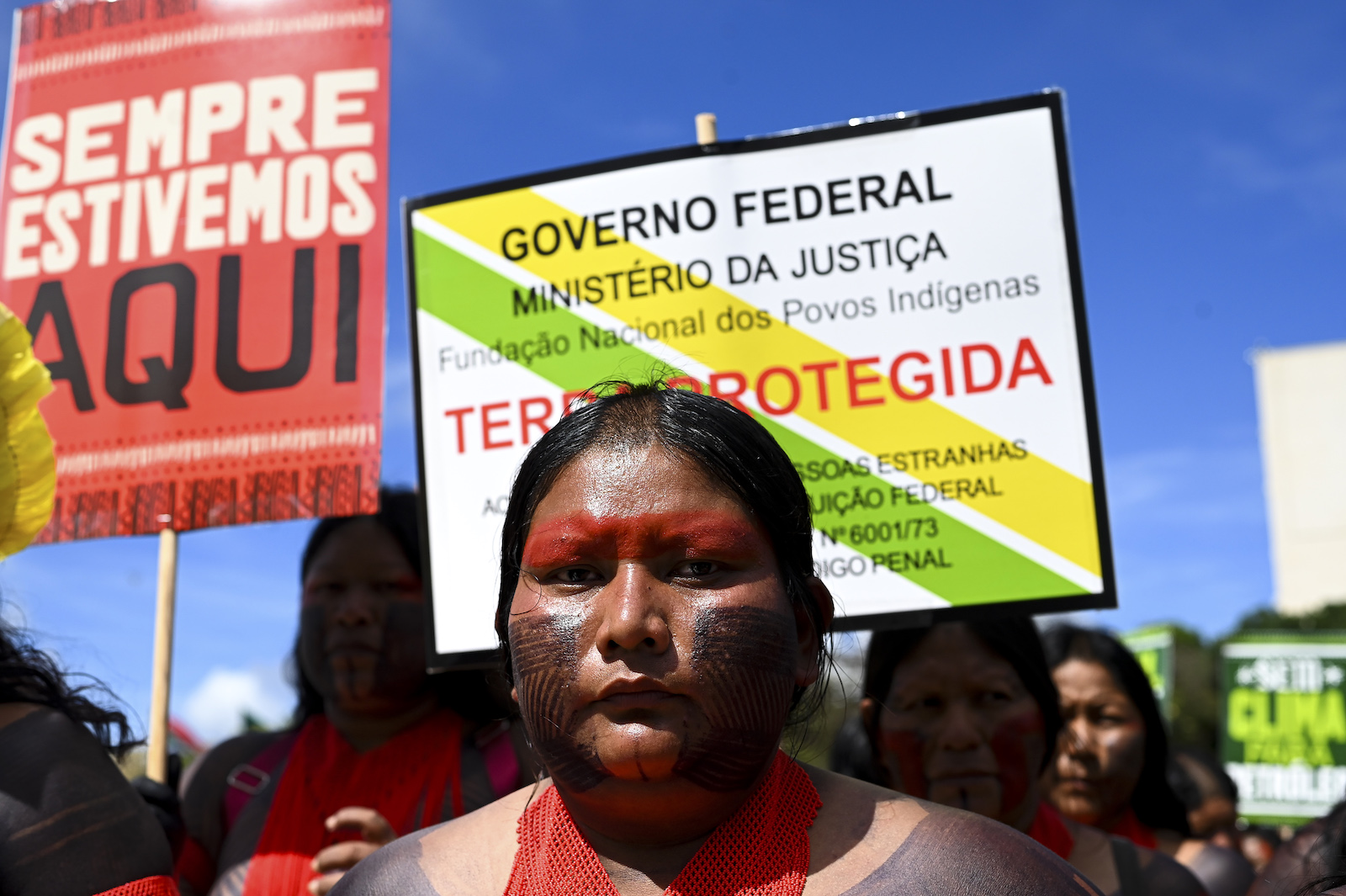
Conservation efforts are more effective when indigenous peoples and local communities are given more autonomy and involvement over their lands. It is according to a new study published this month in the sustainability journal One Earth.
Researchers analyzed 648 studies of conservation areas between 1991 and 2020, about half of which had data on either the ecological or social outcomes of specific environmental protection efforts. Authors then categorized each conservation case based on the degree to which Indigenous peoples and local communities involved, ranging from complete exclusion from the process to full autonomy and decision-making power recognized by authorities. Researchers then conducted statistical analyzes and compared the social and ecological outcomes of each case to determine trends across categories.
They discovered that even though the inclusion of indigenous peoples and local communities is often talked about as a moral or ethical imperative, it is actually better for the environment. The researchers noted that their findings have significant implications for ongoing global efforts to promote conservation and tackle climate change.
“The findings show that more fair management, based on equal partnership or primary control for [Indigenous peoples and local communities]is associated with significantly more positive ecological outcomes,” the authors concluded.
The study found that in the hundreds of conservation cases they reviewed, indigenous people and local communities were mostly treated as stakeholders or consultants, with little to no power over the conservation project. It was rare that their rights and full autonomy were respected.
But in such cases where the latter did occur, the study authors found that conservation efforts would be much more successful. Their analysis found that positive ecological outcomes were associated with 85 percent of cases where indigenous peoples and local communities’ autonomy was respected, compared to just 18 percent of cases where indigenous peoples or local communities were simply treated as stakeholders.
The researchers pointed to the Los Lagos Indigenous Marine Areas established by Chile in 2012 as an example of an effective conservation effort.
“Indigenous groups fought for control, access to marine resources and the ability to restore them through their own values and institutions, ultimately winning against the tide of rapid coastal economic development and lax environmental regulations,” the authors wrote. “The shift to inclusive indigenous institutions and collective guardianship has produced transformational positive social and ecological outcomes relative to intensive commercial agriculture.”
In contrast, the authors found that when China established the Hainan eco-province in 1994, the authorities excluded the Li peoples from involvement.
“The new management regime was poorly enforced, poorly resourced and lacked accountability, which reduced effectiveness by providing conditions exploited for corrupt logging, relative to when communities themselves helped regulate exploitation,” the study said.
In addition to better environmental outcomes, the researchers found positive social outcomes, such as higher incomes and better social relations, also associated with projects that had the greatest respect for indigenous rights. More than half of the conservation efforts that recognized indigenous peoples and local communities’ primary control, or full autonomous control, reported positive social outcomes. When indigenous peoples or local communities were simply consulted, beneficial social effects were negligible.
The authors said their findings are relevant to global conservation goals, which include Protect 30 percent of the Earth’s land and seas by 2030an initiative also known as 30X30. Indigenous peoples have expressed concern that aggressive conservation efforts can lead to further land grabs that harm indigenous people, exacerbating the trauma of colonization. Efforts to conserve large tracts of land such as national parks in the US and elsewhere often involved the removal of indigenous people from those lands.
The study emphasizes that it is better for the environment to allow indigenous peoples to manage their own lands than to ignore their rights.
“This has important implications, including for actions towards the global biodiversity framework targets, suggesting that the role of [Indigenous peoples and local communities] to conservation leaders while respecting their rights and customary institutions,” the authors concluded.





